A 6.4-magnitude earthquake jolted southern Taiwan at 8:18am yesterday, damaging houses, cutting power supplies and disrupting the nation’s transportation systems.
No fatalities have been reported, although 64 people were injured, mainly by falling objects.
Central Weather Bureau (CWB) statistics showed that the epicenter of the quake was 17km southeast of the bureau’s observation center in Jiasian Township (甲仙), Kaohsiung County, at a depth of 5km.
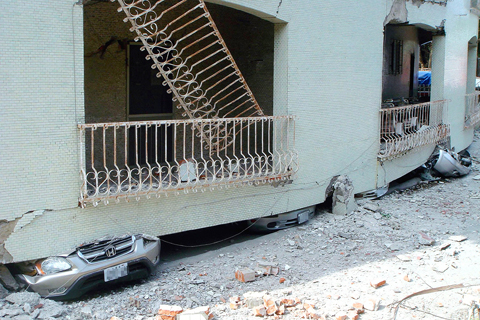
PHOTO: CNA
The temblor was felt nationwide, with the highest intensity — 6 on the Richter Scale — detected in Nansi (楠西), Tainan County, and Dapu (大埔), Chiayi County.
The intensity of the quake was 5 in Jiasian and 4 in Taitung, Changhua, Kaohsiung and Yunlin counties. The force of the earthquake was the equivalent of about two atomic bombs, the bureau said.
Dozens of aftershocks were felt later, including a 5.7-magnitude tremor about the same location at 4:16pm, at a depth of 16.6km. Historical records showed that the 6.4 temblor was the strongest to hit the region since 1902.
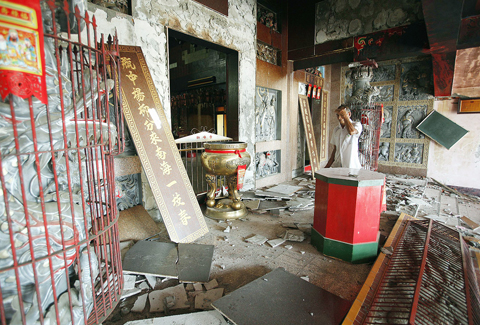
PHOTO: NICKY LOH, REUTERS
The epicenter was just a few kilometers from Siaolin Village (小林), which was wiped out and where about 500 people were killed by landslides following Typhoon Morakot in August.
The earthquake triggered a minor landslide in Guanshan Village (關山) next to Siaolin. No injuries were reported as all residents in the area were relocated following Morakot.
In nearby Shanlin Township (杉林), however, a traditional brick house collapsed after the quake, with 85-year-old owner Chang Yu-mei (張有妹) narrowly escaping injury.
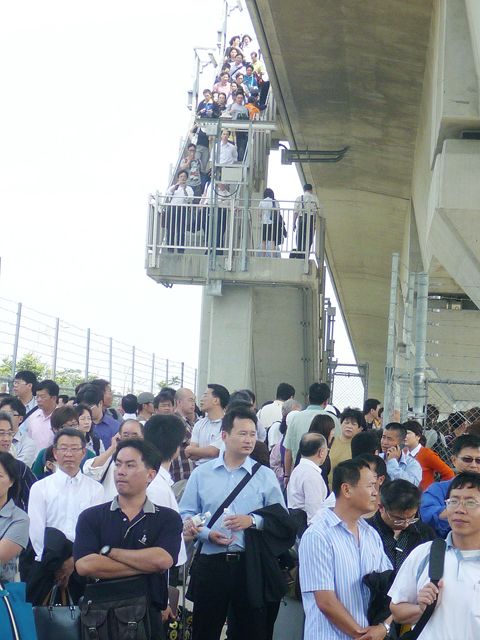
PHOTO: CNA
“I was sitting in the living room watching TV alone when the earthquake struck. The earth suddenly began shaking — it was very scary,” Chang told the Chinese-language United Evening News.
Chang said she ran out of the house after hearing a weird sound coming from the roof.
“As soon as I got out, the roof collapsed,” she was quoted as saying.
A 4m crack appeared on a wall of the recently built Liouguei Township (六龜) Office and several lamps fell from the ceiling.
Damage to buildings was reported in Tainan, Pingtung and Chiayi counties.
The Gaomei Bridge (高美大橋) in Gaoshu (高樹) cracked and was closed to traffic. In Yujing Township (玉井), Tainan County, pillars were so severely damaged at Yujing Junior High School that school officials declared some classrooms off-limits. Officials said some classes could be relocated to a school nearby.
A 15m crack appeared on top of the Hutoupi Reservoir (虎頭埤水庫) in Tainan County. At press time, specialists were still assessing the damage.
In Kaohsiung City, the MRT system suspended service from 8:19am to 10:47am to perform safety checks.
Those who entered or exited stations between 8:19am and 10:47am will have seven days to apply for a refund at service desks, the operator said.
Six high speed rail trains were stopped and about 2,400 passengers had to evacuate the trains. They walked along the elevated tracks and boarded buses provided by Taiwan High Speed Rail Corp (THSRC).
THSRC canceled services between Taichung and Zuoying (左營) yesterday to inspect the tracks for damage, with the Taiwan Railway Administration (TRA) increasing the number of trains traveling to Zuoying to make up for the suspension of the high speed rail service.
Democratic Progressive Party Legislator Huang Wei-cher (黃偉哲) was aboard train No. 110 from Zouying to Taipei and was trapped inside for more than two hours after it stopped in Sinshih Township (新市), Tainan County.
“There was no air-conditioning in the train, it was very hot inside and we were only allowed to leave the train after two-and-a-half hours,” Huang said.
“There were many elderly or physically impaired passengers on board, but we were asked to walk along the track and when we finally reached the location where we boarded a shuttle bus, we had to wait for a long time before the bus arrived,” he said.
“Had this been an exercise, Taiwan High Speed Rail would have failed,” Huang said.
The TRA also found minor damage on two railway bridges. Trains operating on these two sections had to slow down to 40kph.
The Civil Aeronautics Administration requested that the three domestic airlines increase their flights to Chiayi, Tainan and Kaohsiung yesterday and today.
THSRC said that operations were scheduled to resume today.
The CWB initially said the earthquake was caused by the dislocation of the fault in Chaojhou (潮州斷層), one of the main faults in the Kaohsiung area. Later it said that based on the data it had gathered, it could not tell with certainty that the fault was the cause.
Aside from Chaojhou, Kaohsiung also has the Liouguei (六龜) and Cishan (旗山) faults. The epicenter of the earthquake was only 8km from the Chaojhou fault and about 20km from the other two faults.
ADDITIONAL REPORTING BY VINCENT Y. CHAO
Also See: Agencies on alert after quake
Also See: Disruption as quake rocks parks

MORE VISITORS: The Tourism Administration said that it is seeing positive prospects in its efforts to expand the tourism market in North America and Europe Taiwan has been ranked as the cheapest place in the world to travel to this year, based on a list recommended by NerdWallet. The San Francisco-based personal finance company said that Taiwan topped the list of 16 nations it chose for budget travelers because US tourists do not need visas and travelers can easily have a good meal for less than US$10. A bus ride in Taipei costs just under US$0.50, while subway rides start at US$0.60, the firm said, adding that public transportation in Taiwan is easy to navigate. The firm also called Taiwan a “food lover’s paradise,” citing inexpensive breakfast stalls
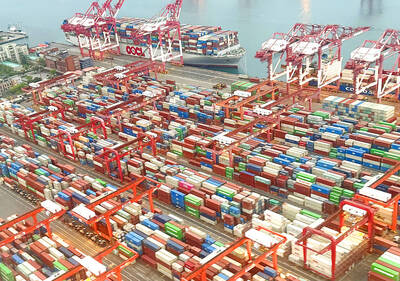
TRADE: A mandatory declaration of origin for manufactured goods bound for the US is to take effect on May 7 to block China from exploiting Taiwan’s trade channels All products manufactured in Taiwan and exported to the US must include a signed declaration of origin starting on May 7, the Bureau of Foreign Trade announced yesterday. US President Donald Trump on April 2 imposed a 32 percent tariff on imports from Taiwan, but one week later announced a 90-day pause on its implementation. However, a universal 10 percent tariff was immediately applied to most imports from around the world. On April 12, the Trump administration further exempted computers, smartphones and semiconductors from the new tariffs. In response, President William Lai’s (賴清德) administration has introduced a series of countermeasures to support affected
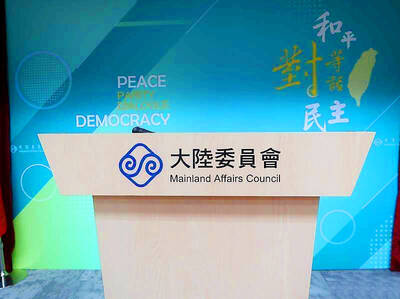
CROSS-STRAIT: The vast majority of Taiwanese support maintaining the ‘status quo,’ while concern is rising about Beijing’s influence operations More than eight out of 10 Taiwanese reject Beijing’s “one country, two systems” framework for cross-strait relations, according to a survey released by the Mainland Affairs Council (MAC) on Thursday. The MAC’s latest quarterly survey found that 84.4 percent of respondents opposed Beijing’s “one country, two systems” formula for handling cross-strait relations — a figure consistent with past polling. Over the past three years, opposition to the framework has remained high, ranging from a low of 83.6 percent in April 2023 to a peak of 89.6 percent in April last year. In the most recent poll, 82.5 percent also rejected China’s

PLUGGING HOLES: The amendments would bring the legislation in line with systems found in other countries such as Japan and the US, Legislator Chen Kuan-ting said Democratic Progressive Party (DPP) Legislator Chen Kuan-ting (陳冠廷) has proposed amending national security legislation amid a spate of espionage cases. Potential gaps in security vetting procedures for personnel with access to sensitive information prompted him to propose the amendments, which would introduce changes to Article 14 of the Classified National Security Information Protection Act (國家機密保護法), Chen said yesterday. The proposal, which aims to enhance interagency vetting procedures and reduce the risk of classified information leaks, would establish a comprehensive security clearance system in Taiwan, he said. The amendment would require character and loyalty checks for civil servants and intelligence personnel prior to